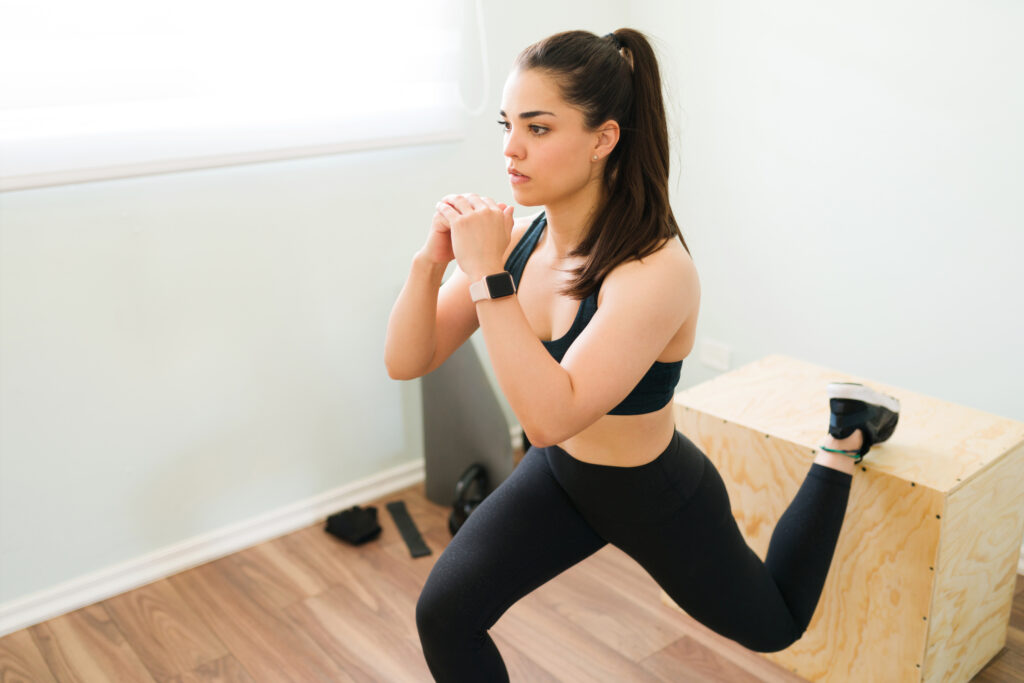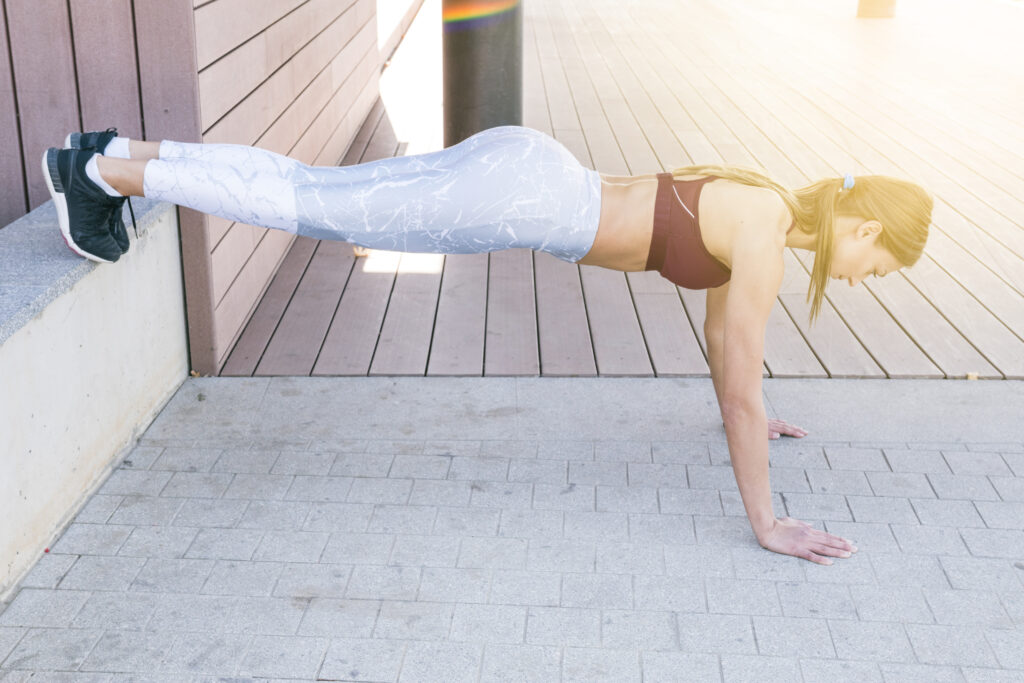When it comes to efficient strength training, bodyweight compound exercises offer a powerful combination of muscle engagement and convenience. Compound movements work multiple joints and muscle groups at once, improving coordination, strength, and muscular endurance. Even better, some bodyweight exercises recruit a significant percentage of your total body mass—making them highly effective for building strength without equipment.
Top 5 Bodyweight Compound Exercises
1. Pull-Up (~95–100% of Bodyweight)
The pull-up is one of the most demanding and rewarding bodyweight exercises. It primarily targets the latissimus dorsi, biceps, and forearms, while also engaging the core. According to a biomechanical analysis published in the Journal of Human Kinetics, a standard pull-up uses nearly 100% of a person’s body weight depending on grip and range of motion (Jakobsen et al., 2013). It’s a gold-standard for upper body strength.
2. Push-Up (~65% of Bodyweight)
Push-ups target the chest, triceps, and anterior deltoids. A study in the Journal of Strength and Conditioning Research showed that a standard push-up uses around 64% of bodyweight, while an elevated-feet variation increases that load to about 75% (Cogley et al., 2005). It’s a foundational movement for upper body strength with many variations for progression.
3. Bulgarian Split Squat (~85–100% of Bodyweight)
Though performed unilaterally, this lower-body powerhouse activates the quads, glutes, and hamstrings. One leg supports nearly the full body weight, making it a great compound movement for leg strength and stability. EMG studies show high glute and quad activation, rivaling heavy bilateral squats (Speirs et al., 2016).

4. Dips (~95% of Bodyweight)
Dips, performed on parallel bars, are a brutal test of triceps, chest, and shoulder strength. Most of the body’s weight is supported by the arms, with only minimal assistance from the lower body. They are highly effective for upper-body hypertrophy and strength, often used in calisthenics progressions.
5. Pike Push-Up (~75–85% of Bodyweight)
This push-up variation targets the shoulders, especially the deltoids, in a vertical pressing motion that mimics a handstand push-up. Studies suggest it loads about 75–85% of bodyweight depending on angle and position (Youdas et al., 2010). It’s ideal for building overhead strength without weights.
Final Thoughts
Bodyweight training isn’t just for beginners—it’s a powerful method to build muscle and strength when done right. Focusing on compound exercises that recruit a high percentage of your bodyweight gives you maximum return for effort, even in a home or minimalist gym setting.
Jefit: Your Ultimate Strength Training Companion
If you’re committed to building muscle, gaining strength, and tracking your progress effectively in 2025, the Jefit strength training app is the essential tool to help you crush your fitness goals. With over 20 million downloads and 12+ million active users, Jefit ranks among the best strength training apps available today. Named the Best Fitness App of 2024 and featured in Men’s Health, PC Magazine, and USA TODAY, Jefit combines expert-built workout programs, advanced gym performance tracking, and a supportive community to help you stay accountable and motivated. Whether you’re looking to follow a scientifically-backed muscle-building plan, monitor your lifting progress, or optimize your training intensity, Jefit gives you everything you need — all in one place.
References
- Jakobsen, M. D., Sundstrup, E., Krustrup, P., & Aagaard, P. (2013). Muscle activity during knee-extensor strength training with elastic resistance and conventional weight machines. Journal of Human Kinetics, 36, 87–95.
- Cogley, R. M., Archambault, T. A., Fibeger, J. F., Koverman, J. W., Youdas, J. W., & Hollman, J. H. (2005). Comparison of muscle activation using various hand positions during the push-up exercise. Journal of Strength and Conditioning Research, 19(3), 628–633.
- Speirs, D. E., Bennett, M. A., Finn, C. V., & Turner, A. P. (2016). Unilateral vs. bilateral lower-body resistance and speed training in adolescent soccer players. Journal of Strength and Conditioning Research, 30(6), 1534–1539.
- Youdas, J. W., Amundson, C. L., Cicero, K. S., Hahn, J. J., Harezlak, D. T., & Hollman, J. H. (2010). Surface electromyographic analysis of core trunk, hip, and thigh muscles during 2 traditional and 5 alternative suspension exercises. Journal of Strength and Conditioning Research, 24(11), 3052–3060.
- The New Rules of Strength Training in 2026 - December 24, 2025
- Fibermaxxing: Viral Nutrition Trend You Should Know - December 17, 2025
- Hybrid Metabolic Strength Training for Faster Results - December 10, 2025
